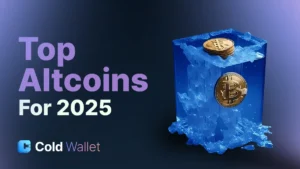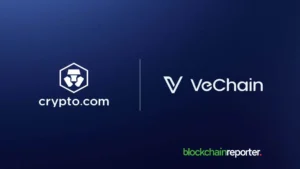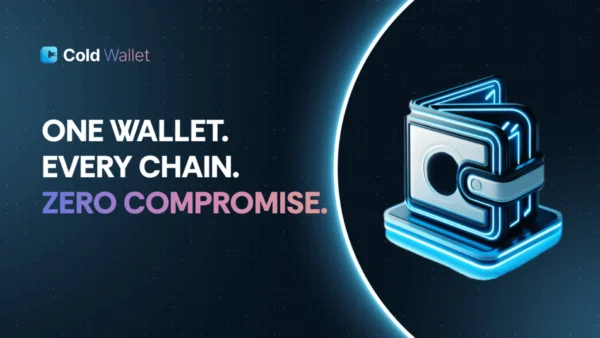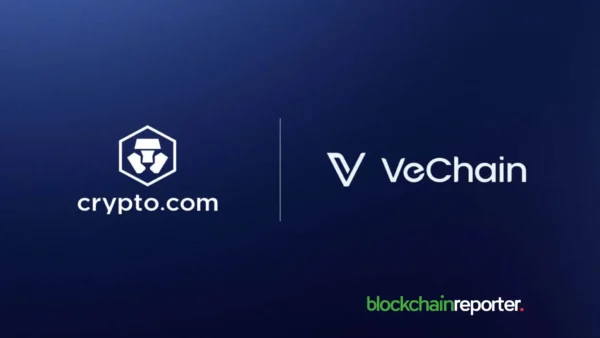
Particle Network, a prominent platform offering solutions for the development of Web3 applications, has started a collaboration with MAP Protocol. MAP Protocol is considered an omnichain layer focused on Web3. With this partnership, both parties are attempting to achieve their mutual mission of improving interoperability. Both the top industry players will attempt to empower the developers.
Particle Network Partners with MAP Protocol to Offer an Improved Developer Environment
In this respect, Particle Network will offer thorough middleware services for the support of the infrastructure dealing with the omnichain network of MAP Protocol. MAP Protocol provides cross-chain communication without any privileged role. It is developed with the help of zk-SNARK and Light-client technology. The protocol can link non-EVM and EVM chains, offering the omnichain infrastructure to the decentralized applications (dApps) according to their requirement for further development.
MAP Protocol implements no privileged rule while the validation procedure is carried out. The platform has minimum gas charges. On the other hand, it offers broad chain coverage as well as rapid confirmation. In addition to this, it also provides developer-ready omnichain SDKs. In this way, it is categorized among the most cost-effective and innovative cross-chain solution providers operating within the market.
Partnership Will See MAP Protocol-Based Projects’ Integration with Particle Network-based dApps
The collaboration between the platforms aims to cope with the difficulties encountered by the developers who pursue effective and secure solutions for cross-chain communication. With the provision of middleware services for the support of the omnichain network infrastructure of MAP Protocol, Particle Network will assist in accessibility and efficiency.
It will offer a smooth development environment to build and deploy decentralized applications on several chains. Simultaneously, Butter Network and the other projects developed on MAP Protocol’s ecosystem will additionally have an integration with dApps of Particle Network to reach a broader user base.








